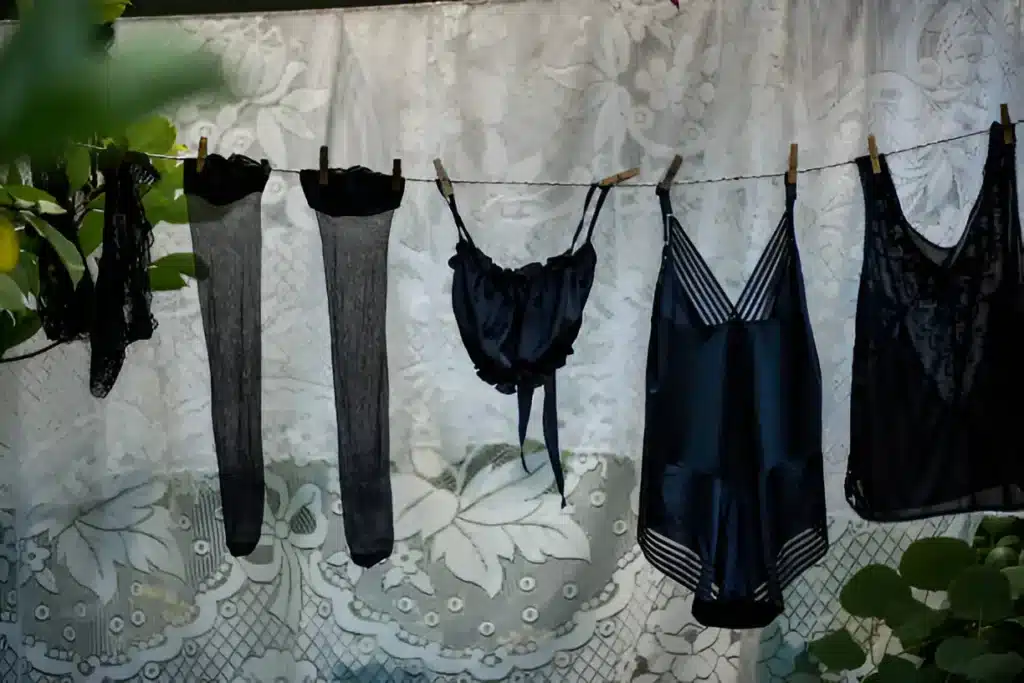Underwear is perhaps the most universal piece of clothing in the world, yet it is also the least visible. Worn by nearly everyone, every day, it has shaped societies, influenced health, and even driven technological innovation. While often overlooked as purely functional, underwear carries a story that stretches across centuries, weaving together themes of modesty, identity, and design.
Ancient Beginnings and Surprising Origins
The history of underwear reaches back thousands of years. Archaeologists have discovered that ancient Egyptians wore simple linen loincloths as early as 4,000 years ago. The Greeks favored a similar garment known as the “perizoma,” which athletes often wore during competitions. In ancient Rome, both men and women used strips of cloth called “subligaculum” for modesty and support. These early forms were not glamorous, but they reveal that even in antiquity, societies recognized the importance of what lies beneath.
During the Middle Ages, underwear became more structured. Men wore long linen undergarments known as braies, while women used smocks that served both hygienic and modest purposes. These pieces weren’t designed to be seen but were essential in maintaining comfort beneath heavy outerwear. Interestingly, underwear also served a medical role-layers were thought to protect the body against illness by absorbing “bad humors.”
Renaissance to Victorian Era: Underwear as Status and Control
By the Renaissance, underwear began reflecting wealth and social class. Fine fabrics like silk and lace were introduced, especially among the elite. Women’s underwear became tied to the corset, which symbolized discipline and societal ideals of beauty. The corset wasn’t just about fashion-it was about shaping identity, literally molding women’s bodies to fit cultural expectations.
The Victorian era brought both innovation and restriction. Bloomers, named after reformer Amelia Bloomer, offered women a more practical alternative to long skirts and heavy petticoats. At the same time, undergarments became increasingly layered and elaborate, marking a stark divide between public presentation and private attire. What people wore underneath revealed much about morality, class, and societal roles.
The 20th Century: Liberation and Reinvention
The early 20th century witnessed dramatic change. With women entering the workforce during World War I, restrictive corsets gave way to lighter brassieres and slips. The invention of elastic fabrics in the 1930s revolutionized underwear design, offering both comfort and fit.
By the 1960s and 70s, underwear had become a site of cultural rebellion. The women’s liberation movement questioned not only the necessity of bras but the entire concept of restrictive undergarments. Meanwhile, men’s underwear was transformed with the invention of the brief, which prioritized comfort and modernity. Advertising campaigns turned underwear into pop culture, from Calvin Klein’s iconic 1980s ads to Victoria’s Secret runways. Underwear was no longer hidden-it became fashion in its own right.
Fabric Innovation and Modern Comfort
Today’s underwear benefits from cutting-edge textile science. Microfiber, modal, and bamboo fabrics offer softness and breathability that past generations could only dream of. Seamless knitting technology eliminates chafing and enhances fit, while moisture-wicking fabrics keep wearers cool and dry. Designers are even experimenting with antimicrobial fibers to improve hygiene naturally.
What’s less visible but equally important is the shift toward inclusivity. Modern underwear brands now prioritize extended sizing, gender-neutral designs, and adaptive underwear for people with disabilities. This democratization of design marks a turning point: underwear is no longer just about tradition or sexuality but about serving diverse, real-world needs.
Saisei and the Future of Sustainable Underwear
One of the most intriguing aspects of underwear today is sustainability. Traditionally, the intimate apparel industry has relied heavily on synthetic fibers, dyes, and high-waste production methods. But innovative brands are changing this landscape. Saisei, for example, embraces seamless technology and eco-conscious materials in its underwear collections. By eliminating unnecessary seams, Saisei reduces fabric waste and improves comfort at the same time.
Their approach reflects a broader movement in fashion: creating durable, timeless pieces instead of disposable trends. By using recycled fibers and low-impact production techniques, Saisei positions underwear as more than a necessity-it becomes an ethical choice. In a market often dominated by fast fashion, this model of responsibility is not only refreshing but essential for the future.
Looking Ahead: Technology Meets Intimacy
The future of underwear is full of surprising possibilities. Researchers are developing smart textiles that could turn underwear into health-monitoring devices. Imagine underwear that tracks fertility cycles, monitors hydration levels, or even provides early warnings for medical conditions. Some prototypes already exist, blending fabric with sensors that remain invisible to the wearer.
There is also growing interest in underwear as a tool of self-expression. Once strictly private, underwear now frequently blurs into outerwear. Fashion houses send models down runways in bralettes, boxers, or sheer lingerie, challenging conventions of modesty and style. The line between what is hidden and what is shown continues to shift, keeping underwear at the heart of cultural conversation.
Final Thoughts
Underwear has traveled a long road-from Egyptian loincloths to seamless, sustainable innovations. It has symbolized modesty, morality, rebellion, and now technological possibility. Far more than a hidden layer, underwear reflects the values and identities of each era.
Brands like Saisei demonstrate that even the most intimate garment can embrace sustainability and forward-thinking design. As science and fashion continue to converge, underwear may soon become one of the most innovative garments in our wardrobes-proof that what lies beneath can be just as revolutionary as what we choose to show.
The Future of Truck Ownership: Trends, Features, And What Drivers Want – Spiritual Meaning Portal







